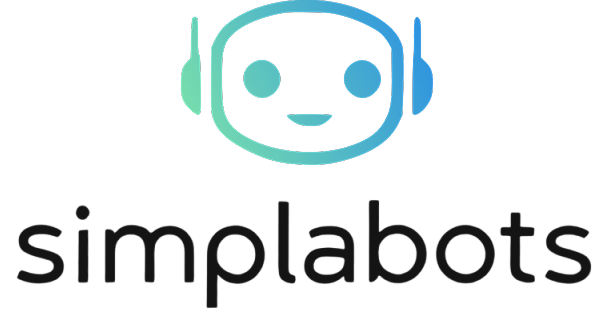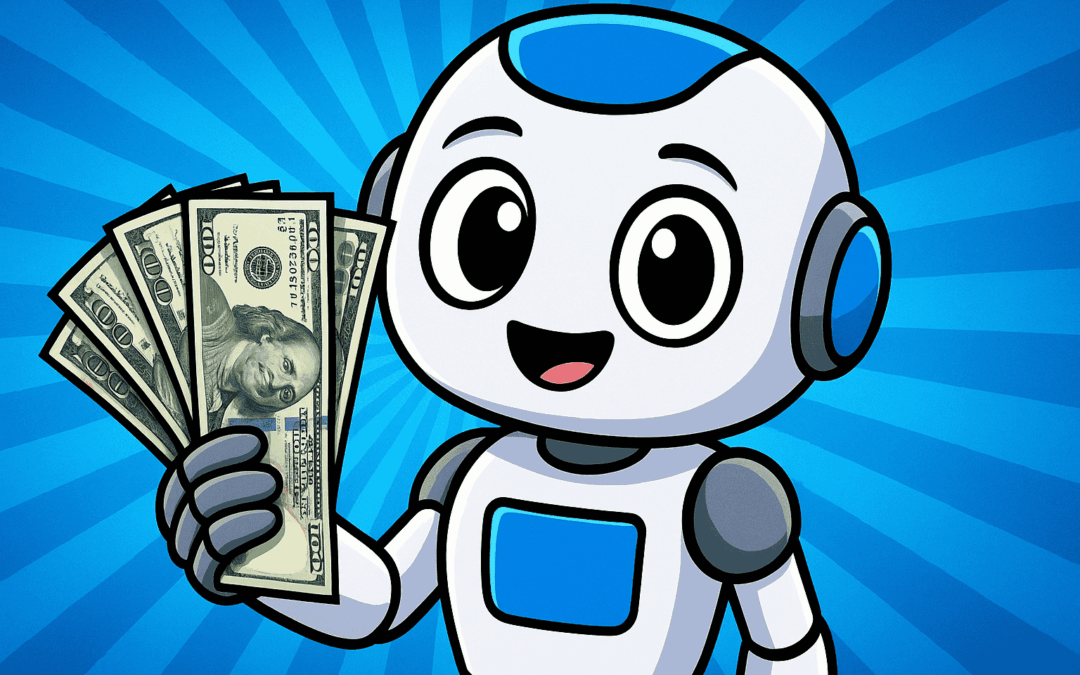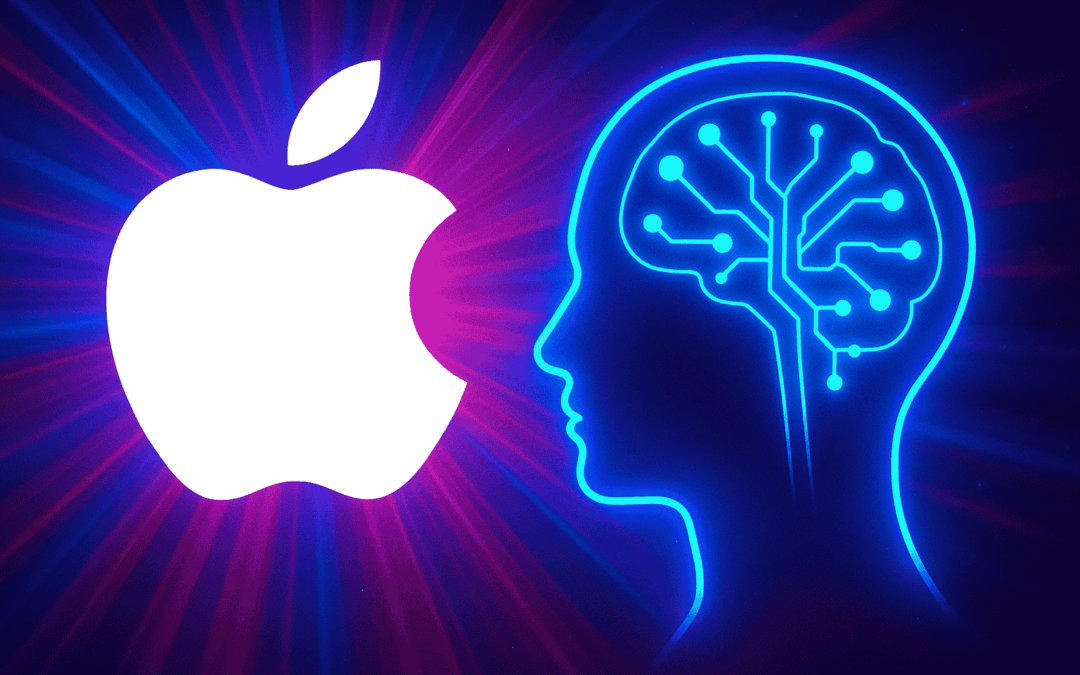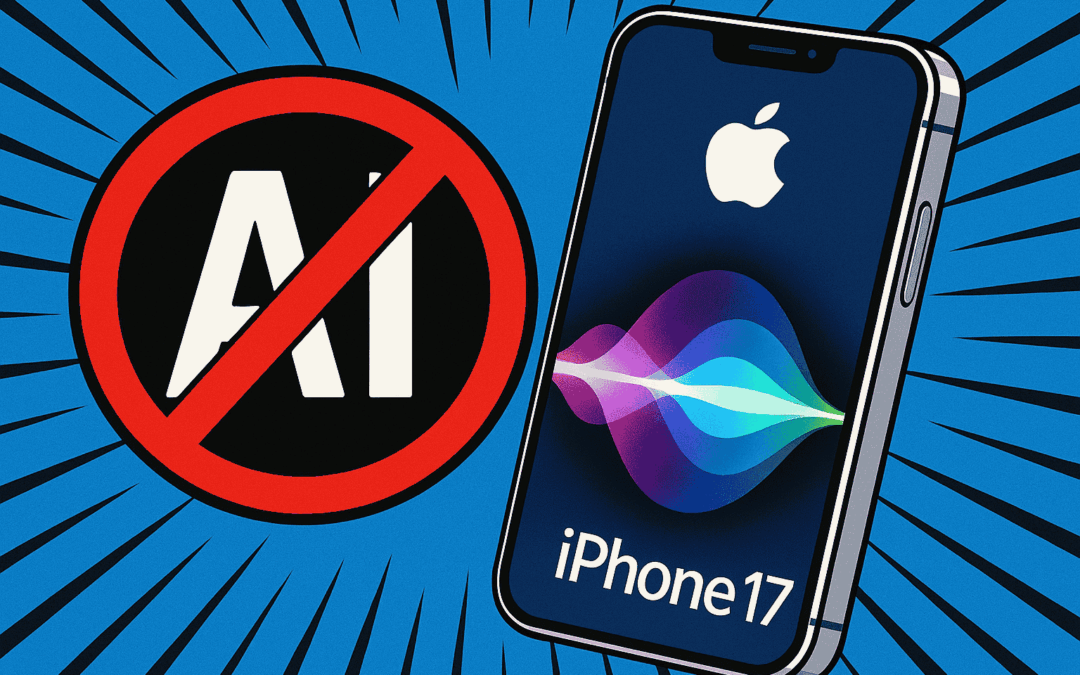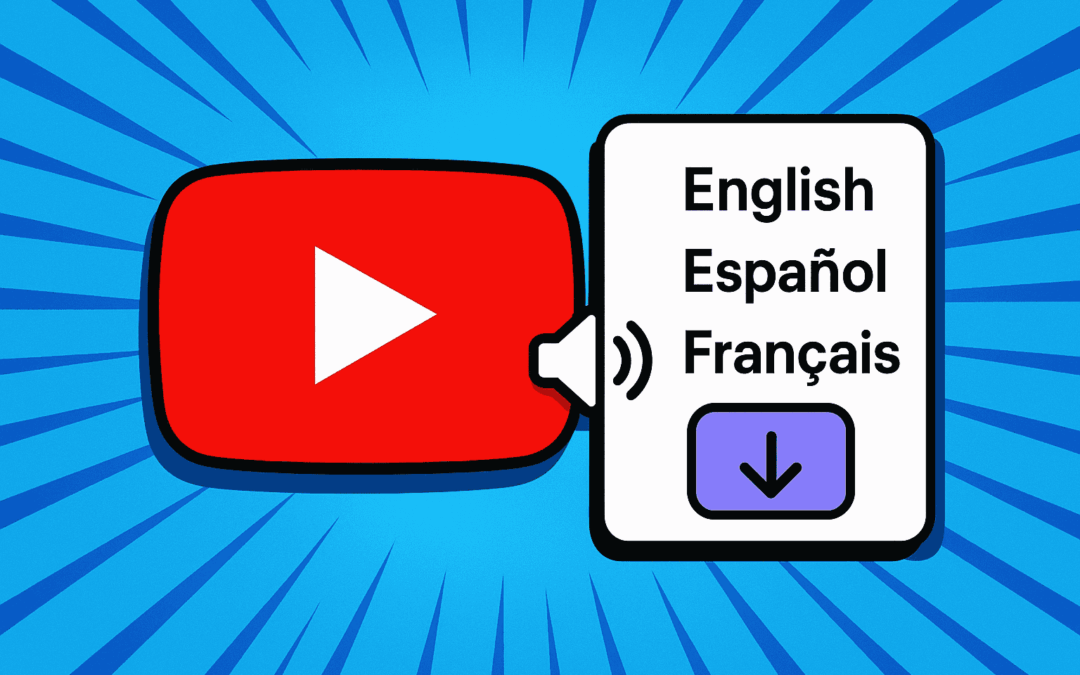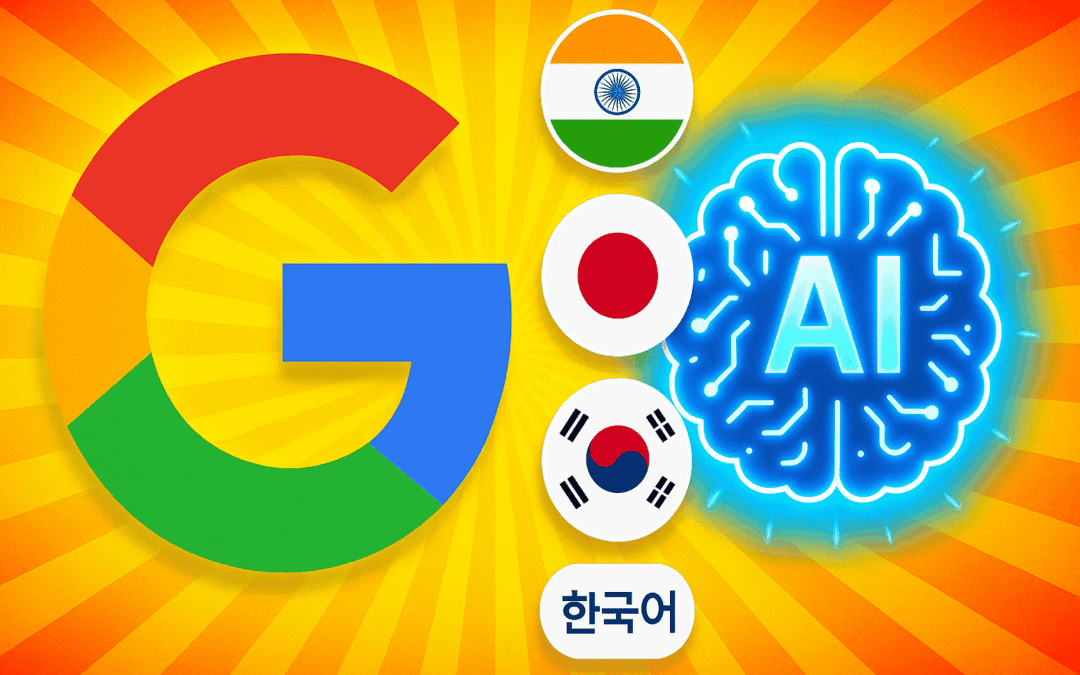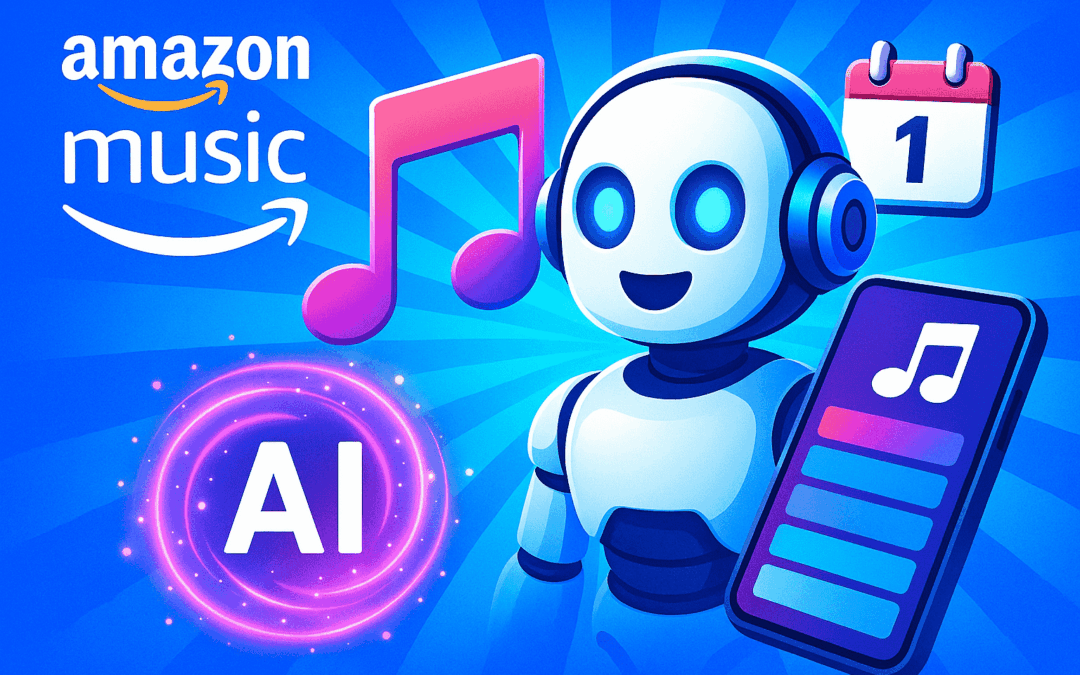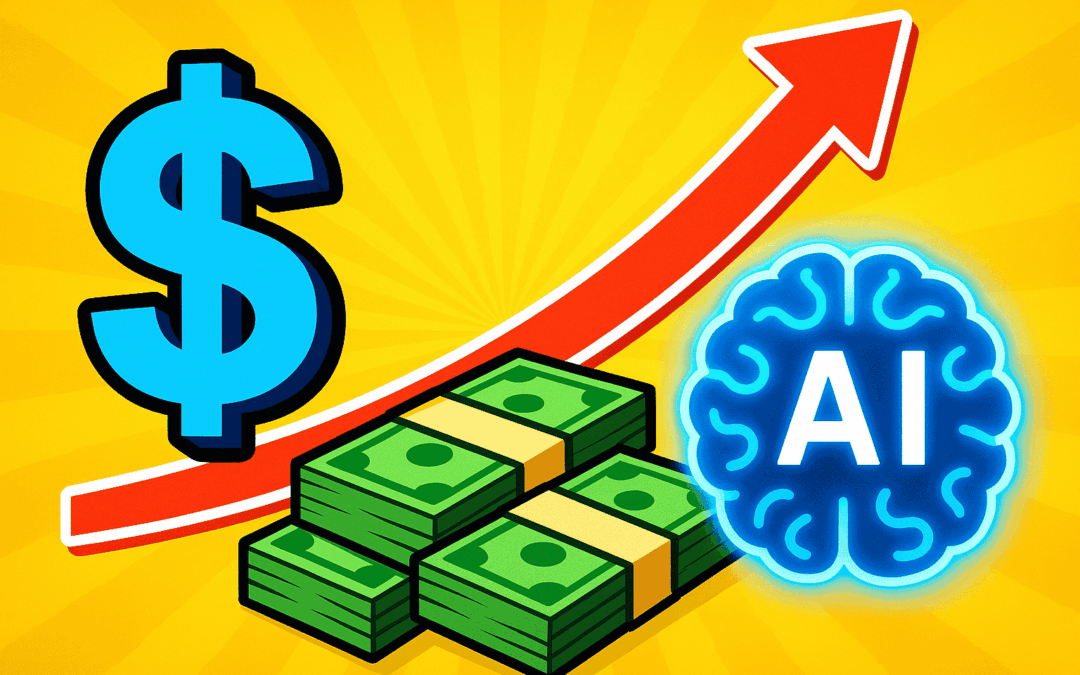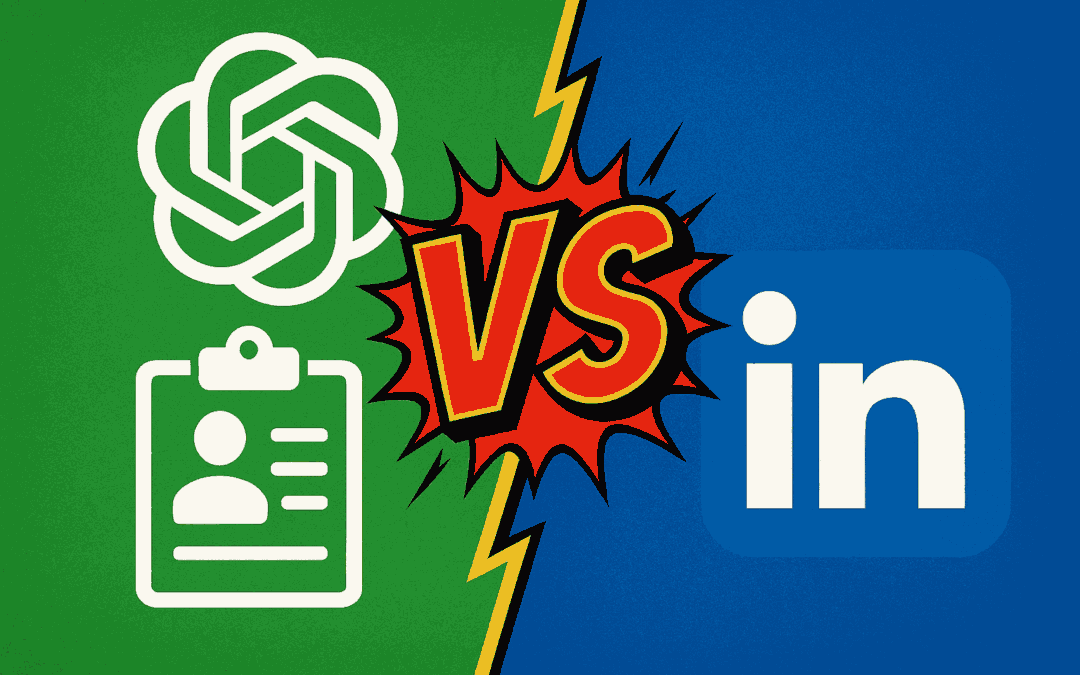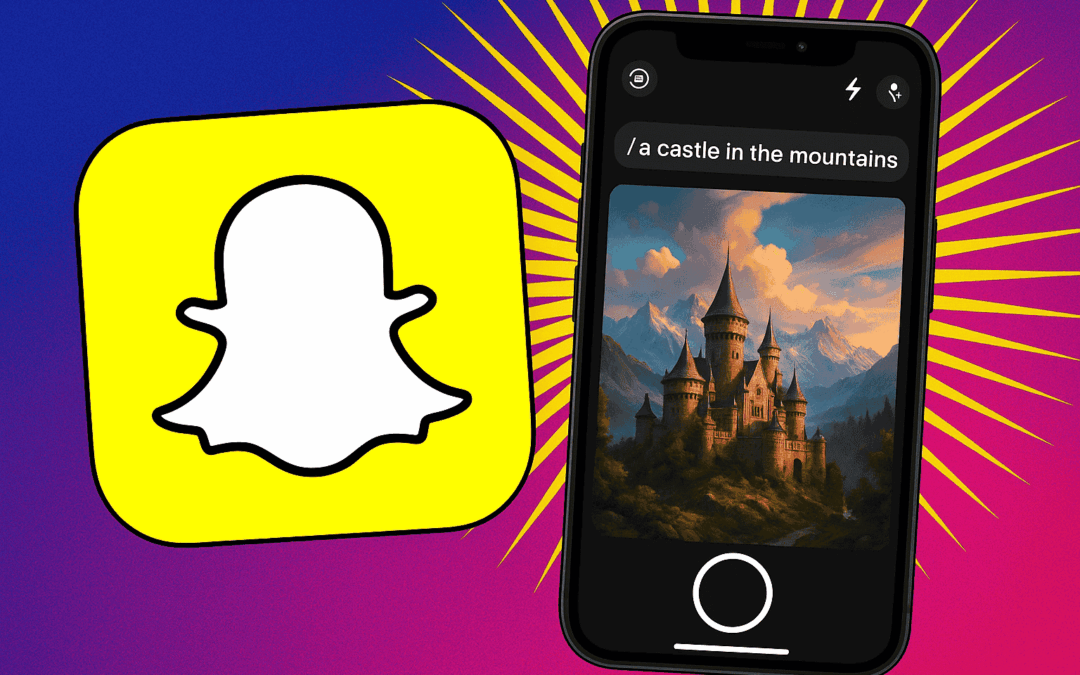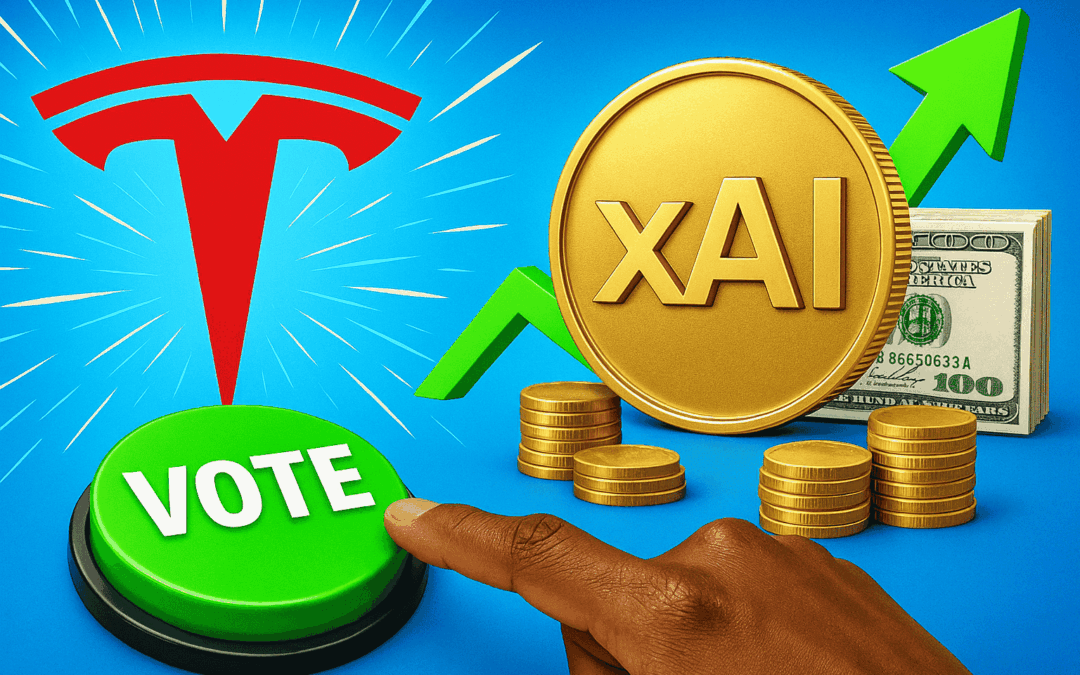As YouTube expands its multi-language audio feature to all creators, the AI and content tech landscape witnesses a shift toward globally accessible content.
This move leverages AI-powered dubbing, transforming the way creators reach multilingual audiences and signaling a new phase for generative AI in media.
Key Takeaways
- YouTube now offers its AI-driven multi-language audio dubbing tool to all creators, not just select partners.
- This feature uses generative AI to translate and dub videos, helping channels reach audiences in multiple languages instantly.
- Leading dubbing startups like ElevenLabs and Rask AI now face competition from YouTube’s native integration, accelerating industry innovation.
- Developers and content-focused startups must adapt quickly to leverage or differentiate from embedded AI tools on major platforms.
- The rollout changes the discoverability and monetization calculus for AI professionals working on global content strategy.
AI-Powered Multi-Language Dubbing Hits the Mainstream
YouTube’s launch of AI-based multi-language audio for all creators marks a pivotal real-world application for large language models (LLMs) in video content delivery. What previously existed as a limited feature for high-profile creators now becomes the new baseline for global content reach.
“YouTube’s broad release of AI dubbing reshapes how content creators think about audience, language, and market scalability.”
The AI tool allows creators to provide voiceovers in multiple languages with just a few clicks, using speech synthesis and translation. Unlike third-party solutions, YouTube’s system ensures tight synchronization with the original video and frictionless distribution. Meta (Facebook) and TikTok have also explored similar technologies, but YouTube’s reach and integration stand out.
Implications for Developers, Startups, and AI Professionals
For AI developers, YouTube’s move raises the bar for quality, speed, and user experience in generative AI dubbing. API-first language startups now need to focus on niche value-adds—such as ultra-realistic emotional dubbing, domain specificity, or integration with non-YouTube workflows—to stay competitive.
“Native platform integration will set new expectations for seamless, AI-enabled content localization.”
Creators and agencies must rethink how to structure their workflow. Native dubbing within YouTube means less dependence on external services, but also increased pressure to produce content that can instantly compete worldwide. Monetization opportunities shift as views from international audiences become easier to capture, driving demand for sophisticated analytics and cross-market strategy.
Market Acceleration and Industry Response
Recent analysis from CNBC and The Verge confirms that generative AI for multi-language content has seen rapid adoption among top channels, citing faster growth and retention rates for dubbed videos. Startups such as ElevenLabs and Papercup now face competition from YouTube’s first-party tech, accelerating their focus on features like voice cloning, custom accent options, and synthetic personality support.
“Expect a wave of innovation as LLM-based translation and dubbing increasingly converge with social video ecosystems.”
What Comes Next?
Looking ahead, expect further rollout of generative AI video tools embedded within creator platforms—such as real-time subtitle generation, automatic content repurposing, and even multilingual audience analytics. AI professionals and startups targeting the creator economy must innovate rapidly, as major platforms turn advanced AI research into widespread product features almost overnight.
Source: TechCrunch
